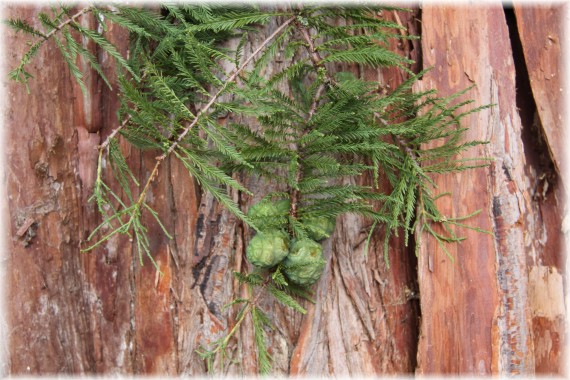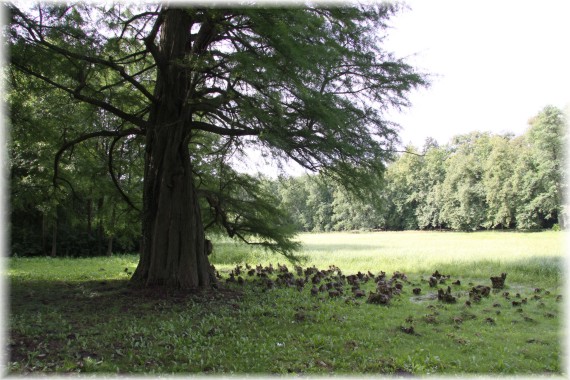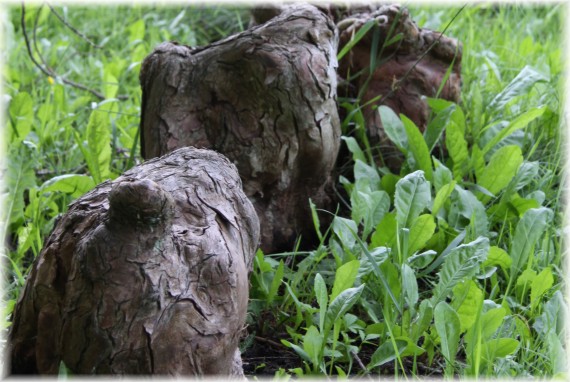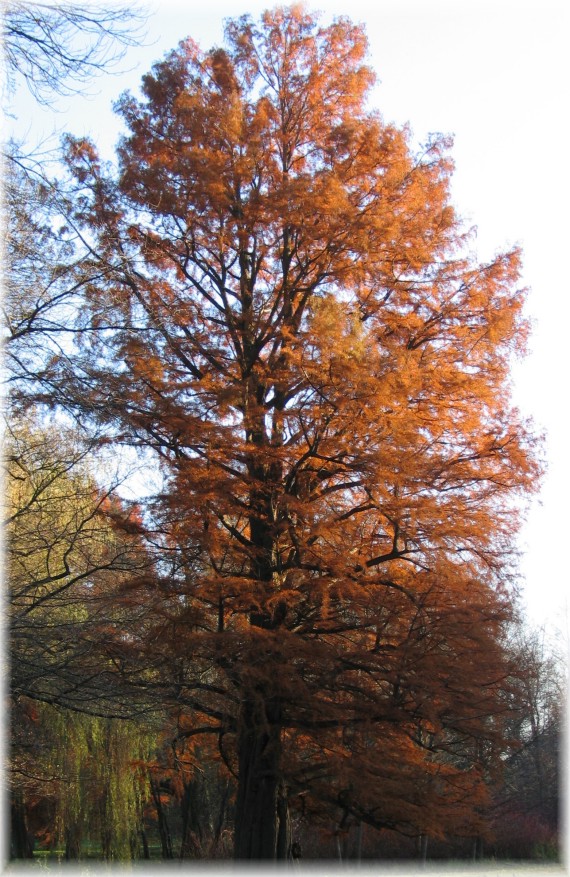Trees of the World
| English name: | BALD CYPRESS |  |
| Polish name: | CYPRYŚNIK BŁOTNY | |
| Latin name: | Taxodium distichum (L.) Rich. | |
| Natural habitat: |
south-eastern regions of the United States |
|
| Height: | in its natural habitat: up to 50 m, in Poland only up to 25 m | |
| Characteristics: | In its natural habitat, the tree usually grows on marshes and flood plains. The cypresses' crown is regular with dense branches, and its trunk is covered with thin, fibrous, brown-red bark. Its shoots are divided into long and short sprouts. Needles are soft, light green, about 5-17 mm long, alternately arranged. In autumn, they turn rusty-brown and fall off along with branchlets. Inconspicious flowers appear in March and April. Small spherical cones are sticky because of red, aromatic resin, they ripen in autumn. | |
| Additional information: |
Cypresses growing on swamps or surrounded by water develop pneumatophores, specialized aerial "breathing roots". These are trunk-like formations growing upwards from roots directly under earth's surface. Their function is to aerate the root system and anchor the large tree in marshy ground. Native Americans used to make beehives out of the pneumatophores. Kórnik Arboretum is home to the oldest and largest Bald Cypress in Poland. |
|














